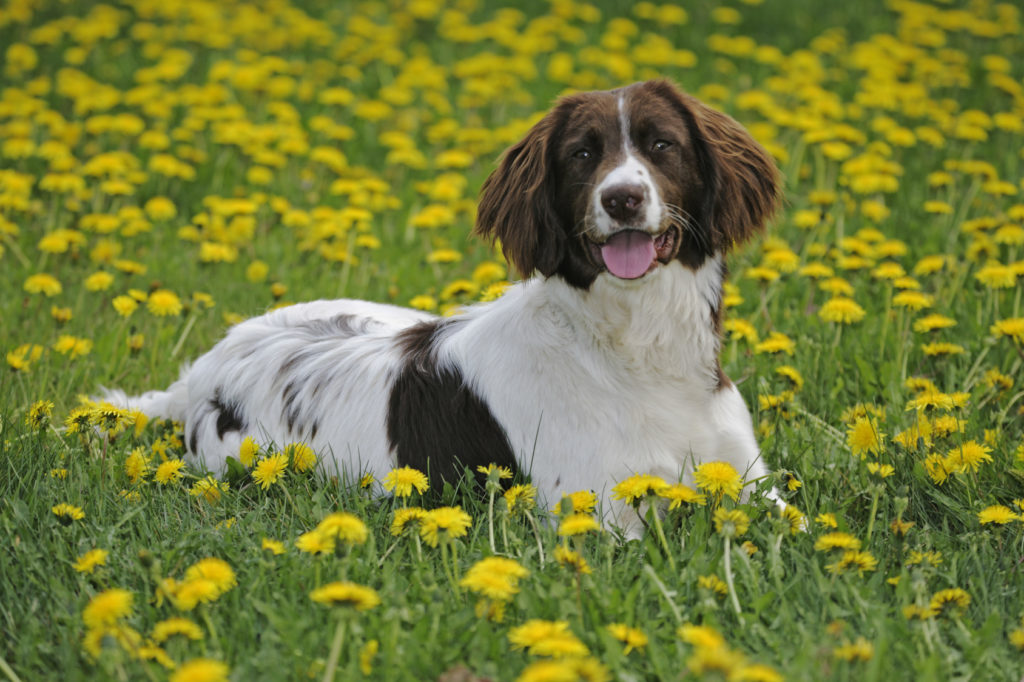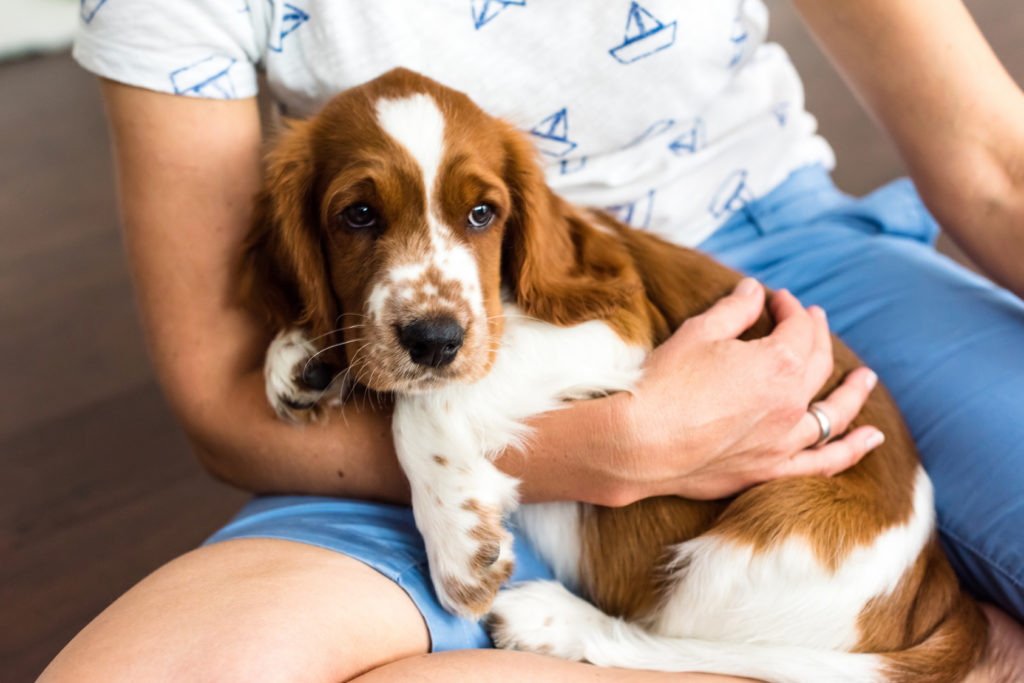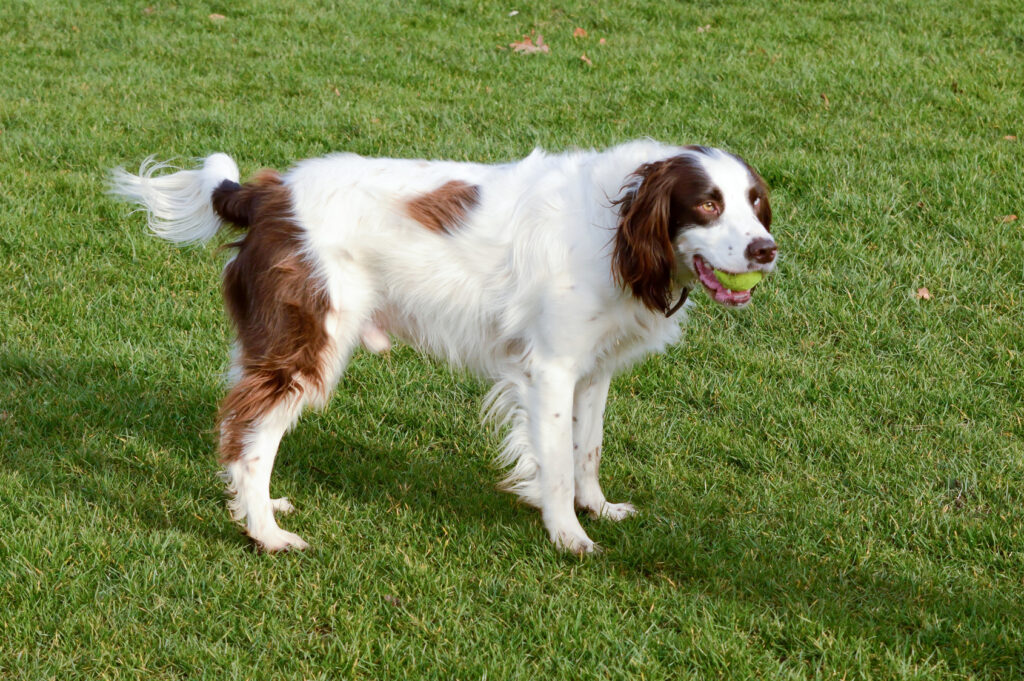Not only genetic material, but also the right food and appropriate living conditions are crucial for a dog’s health. So, what is the right food for the English Springer Spaniel? And which feeding method is best? Essentially, none of the methods are objectionable as long as you can provide a healthy diet with both ready-made dog food and home-made meals – provided you follow some essential criteria.
Nutrient Requirements are Key
Depending on its age, weight, and activity level, a dog has specific needs for protein, fats, minerals, and vitamins. For instance, a dog that is very active in hunting will have different needs than a family dog content with small retrieving games each day. It’s crucial to consider this individual requirement when choosing food – making it difficult to give a blanket answer about the right food. Generally, an adult English Springer Spaniel should receive about 200 to 250g of muscle meat per day. Additionally, oats, rice, vegetables, and/or fruits should be provided. Alternatively, raw green tripe from beef (approx. 400 to 500g) can supply fibres. Fish (free of bones) and raw eggs are also excellent sources of protein.
If you prefer to prepare the food yourself, it’s best to feed raw. Only pork should always be cooked. Those who prefer commercial products should carefully inspect the ingredient list on the packaging. Grain, sugar or other sweeteners, artificial flavour enhancers, or chemical preservatives have no place in dog food. It is also possible to combine both dietary methods, providing homemade food at home and ready-made food when out and about. However, avoid frequent or abrupt changes between feeding types as they can quickly result in digestive issues.
How Much Care Does the English Springer Spaniel Need?
Regular care is just as essential for your dog as a balanced and healthy diet. The long hair of the English Springer Spaniel needs to be brushed and combed daily to prevent tangles and remove dead hairs. Special attention should also be paid to the ears of your Springer. As mentioned earlier, some Spaniels are prone to infections due to their long ears. Regular checking and daily cleaning can effectively prevent this. Your English Springer Spaniel should also be groomed at least four times a year (or more). Getting your dog accustomed to this grooming procedure early is wise so that it learns to stay still.



